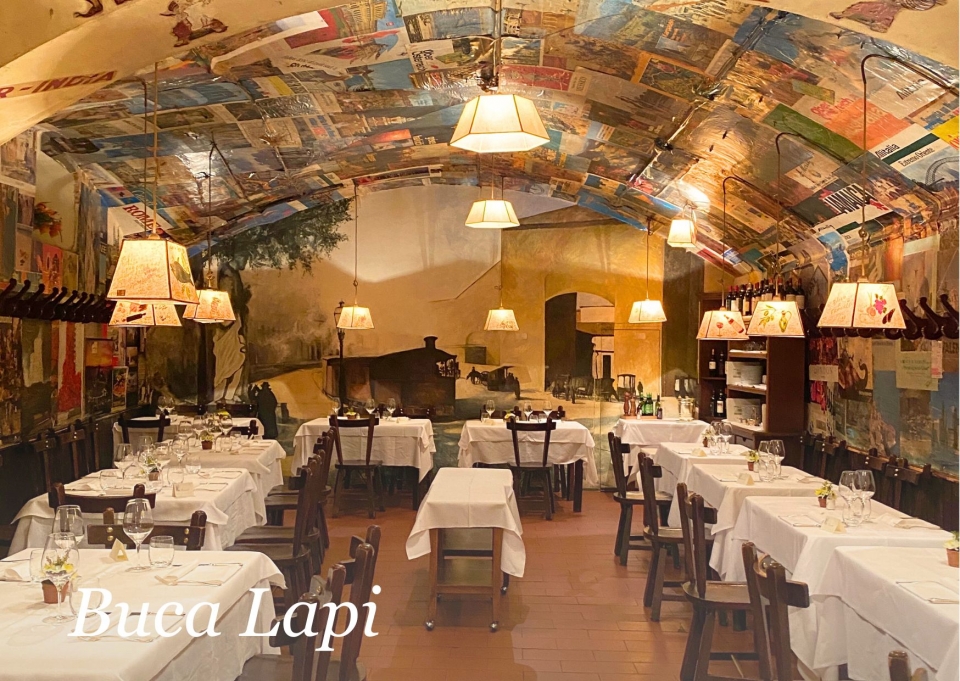
Traditions and Celebrations in Sicily on 2 November All Souls Day
The "Il Giorno dei Morti", day of the dead, is very heartfelt in Sicily and there are many traditions revolving around this day also because of the island’s rich history and strong Catholic faith. Families visit cemeteries, prepare special foods, and create beautiful altars, all to honor their ancestors with love and reverence.
Every year on November 2, children around Sicily wake up in their family homes ready to pay homage to the dead in an exciting day of celebrations. A long-held tradition, this annual festival is regarded as even more important to many Sicilians than Christmas: in fact, until more recent years it was the only celebration where gifts were exchanged in this part of Italy.
What is Festa dei Morti?
The Festival of the Dead is a day when the dead "come back to life", bringing with them gifts made of sugar whilst they feast with the living.
With its roots dug in the ancient Pagan cults once common throughout Indo-European culture, it is a day of joy, where the dead are not just remembered, but truly celebrated. Experienced in the surroundings of family, it is a day full of traditional food, fairs, presents and family trips.
A Sicilian Tradition
In 1887, Giovanni Verga (a writer known for his powerful depictions of the strengths and weaknesses of the Sicilian spirit), published a story in his "Vagabondaggio" (Wandering) collection: the tale was under the title "La Festa dei Morti", or, "The Festival of the Dead."
The delicious tale spoke of corpses rising from the tombs of an abandoned church, where they roamed the city gate hillsides on the Day of the Dead. But this was more than just a haunting horror story. It was also an account of an ancient historic tradition: that of the Festival of the Dead.
"The Day of the Dead – the time when mothers tiptoe along to put sweets and toys in their children’s tiny shoes, and when these children dream of long lines of white ghosts laden with shining gifts, and when girls stand smiling in front of the mirror, trying on the earrings or the brooch that their boyfriend has sent as a present for the dead."
In these few words Verga captured poignantly the giddy joy felt by young children on the fateful night between the 1st and 2nd November, as they awaited the dear deceased to return to earth with trinkets for the living.
What food is typical during Festa dei Morti?
A crucial component of the festival is the food. In the lead up to November 2, hundreds of Fiere dei Morti (Fairs of the Dead) will dot themselves across the streets of every Sicilian town and village. These fairs will sell sugary treats ready for parents to hide around the house for children to discover or add to the Cannistru: the gift basket that signifies the humble offering from the dead.
Typical treats include Frutti di Martorana (a fruit made from almond paste) and Crozzi ‘i Mottu (bones of the dead). You will also find Pupatelli Biscuits (full to the brim with toasted almonds) as well as Taralli Ring Cakes (covered in icing sugar). Other likely culprits include S-shaped Nucatoli Biscuits and White and Brown Tetu.
Many celebrating the festival will also cook a traditional breakfast of Muffoletta: a round loaf served hot, drizzled with olive oil, salt, pepper, oregano, anchovies in oil and a few slices of primosale cheese.
What are Pupi ri Zuccaru?
Another important aspect of Festa dei Morti is the addition of Pupi ri Zuccaru: Sugar Puppets. These anthropomorphic figures are made from solid sugar and sugar strands and help to decorate the Cannistru. A strong symbol of our physical closeness to the dead, these sweet figures traditionally represented knights and paladins on horseback. Now, however, they vary in character, from dancers to footballers, little dames to kid’s favourite personalities.
These sugary treats go back to the dinners given by Arab noblemen who, in particularly turbulent times, would serve the figures up at the dinner table. This idea of eating human figures is supposed to represent the humanised version of the souls of the dead. It also reflects the idea of the individual absorbing the dead and, in doing so, bringing them back to life within themselves on November 2.
Typical activities during Festa dei Morti.
The night before Festa dei Morti, parents will hide treasure gifts around the house for their children to discover. The Cannistru will also be prepared, topped with gifts, dry fruit and local delicacies.
After gifts are shared and breakfast is enjoyed, the whole family will often visit the cemetery bearing flowers. They will light candles and play amongst the graves to thank the deceased for the gifts, before enjoying a hearty feast.
Some families will even go to the family crypt to "wash the deceased and comb their hair"!
A monumental event in the Sicilian calendar, year after year Festa dei Morti is loved by those of all ages. The inspiring ability to view the dead in such a positive light makes it an undeniably poignant family celebration of Italian culture.
Want to know how the Day of the Dead is celebrated in other parts of Italy? See here and discover more about the meaning and traditions of Giorno dei Morti.







